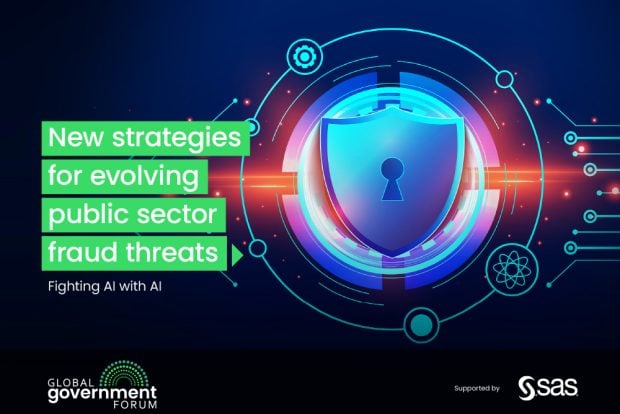Public sector organizations are increasingly facing sophisticated fraud threats, fueled by the widespread use of technology. As fraudsters enhance their tactics using tools like artificial intelligence (AI), government agencies must also adapt by implementing their own AI systems to combat these evolving threats. The financial ramifications of public sector fraud are far-reaching; they not only affect government budgets but also erode public trust. Therefore, developing effective strategies to detect and prevent fraud is imperative for ensuring the integrity of public services.
One of the critical steps in addressing this issue is recognizing how AI can facilitate both fraudulent activities and counter-fraud measures. Fraudsters are leveraging AI for identity theft, phishing schemes, and other deceptive practices that exploit vulnerabilities in existing systems. This is where AI can serve a dual purpose; while it is a tool used by criminals, it can also be the solution that helps organizations detect anomalies, flag suspicious behavior, and automate auditing processes at a scale and speed unattainable by traditional methods.
However, implementing AI solutions in the public sector is not without its challenges. Common problems associated with automation can hinder these efforts, including errors in the generated outputs, API rate limits from third-party services, and integration issues between different technological systems.
Errors commonly arise due to the complexities surrounding AI algorithms. For instance, an AI model trained on biased data may produce inaccurate or skewed results, which could lead to false positives during fraud detection. To tackle this, organizations should ensure that the training data is diverse and representative of real-world scenarios. Regularly updating these datasets and retraining AI models can mitigate potential inaccuracies.
API rate limits can also dramatically affect the performance of AI-powered solutions. Many services impose restrictions on how frequently users can make requests. This can become particularly problematic when a government agency is trying to retrieve vast quantities of data for analysis in real-time. To address this, it is crucial to develop a well-defined strategy for how data is accessed. Implementing caching mechanisms can help reduce the number of requests made to an API, while batch processing requests can allow agencies to operate within rate limits more effectively.
Integration issues may arise when AI systems are implemented alongside existing infrastructure. Many public sector organizations operate on legacy systems that may not seamlessly interface with the latest technology. To mitigate integration challenges, early architectural planning is essential. Organizations should conduct a comprehensive audit of their existing systems to identify integration points and potential roadblocks. Utilizing middleware or APIs that can interface with both legacy systems and modern technology can help create smoother transitions and encourage interoperability.
Investing in the right technology and training is critical for maximizing ROI. Streamlined AI implementations reduce the potential for errors and improve operational efficiency. The sooner these challenges are addressed, the faster organizations can begin to see positive outcomes in fraud detection rates, reduced financial losses, and, ultimately, restored public trust.
The context in which solutions are implemented is as important as the solutions themselves. Organizations must recognize the potential interruptions that can arise from poorly executed AI deployments. By proactively addressing errors, fraud-related impacts can be minimized, helping public sector entities redirect resources to better serve the community.
With the growing complexities of fraud threats, it is crucial for public sector agencies to embrace AI with a clear strategy that encompasses not only robust technology solutions but also a consideration of common pitfalls. The focus should remain on continual improvement and the need for ongoing training for employees to interpret AI-generated insights effectively. This will ensure that public sector entities remain vigilant and adaptive in a landscape where fraud perpetrators continually evolve.
In conclusion, while AI presents numerous opportunities to combat fraud within the public sector, understanding potential troubleshooting pathways is essential for successful deployment. By addressing common automation problems such as output errors, API limitations, and integration hurdles head-on, organizations can not only enhance their fraud detection capabilities but also reclaim public trust.
FlowMind AI Insight: Quickly identifying and resolving errors in AI applications can significantly boost an organization’s ability to prevent fraud, ultimately leading to cost savings and improved service delivery. By fostering a culture of continuous learning and adaptation, public sector leaders can better navigate the complexities of AI technology and its implications.
Original article: Read here
2025-09-04 08:46:00

